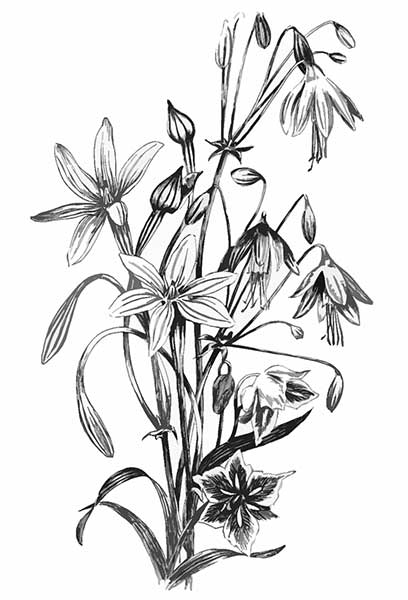
For starters, the article below comes from a newspaper printed in 1851. It should not, under any circumstances, be used as medical advice. It is placed here for historical reasons and because the subject of flour used to treat burns is also on Snopes. While I only skimmed through the debunking article on Snopes, the page did not seem to mention that using flour on burns was a common remedy in the 1800s and early 1900s. I have seen numerous articles covering this subject and decided to post one of those articles here for those who are curious about this antiquated burn remedy.

Burns
Although students of medicine and surgery do not usually resort to the newspapers for instruction, we feel constrained to transfer to our columns the result of certain experiments made by Dr. Reese, physician of Bellevue Hospital, New York, concerning the best mode of healing burns and scalds, and checking the acute suffering.
It is stated that “he has found that flour, thrown on with a common dredging-box, is one of the best and most efficient remedies yet discovered. The external air is one cause of suffering, and flour thus applied both heals and closes the wounds to the atmosphere. The edges of the wounds which remained open he dressed with lime and oil, applied with a feather. Dr. Reese says the above application made to wounds by fire, hot water, gunpowder, &c., has been most happy in the practice of the hospitals.”
Whoever would profit by this information should be particular to inform himself in relation to the kinds of lime and oil to be used. We remember that twenty-five or thirty years ago, slackened lime and linseed oil were mixed and applied to burns by the most famous doctors among the old women. The same ingredients are probably now remembered.
Source: American Telegraph (Washington D.C. newspaper). March 24, 1851.

